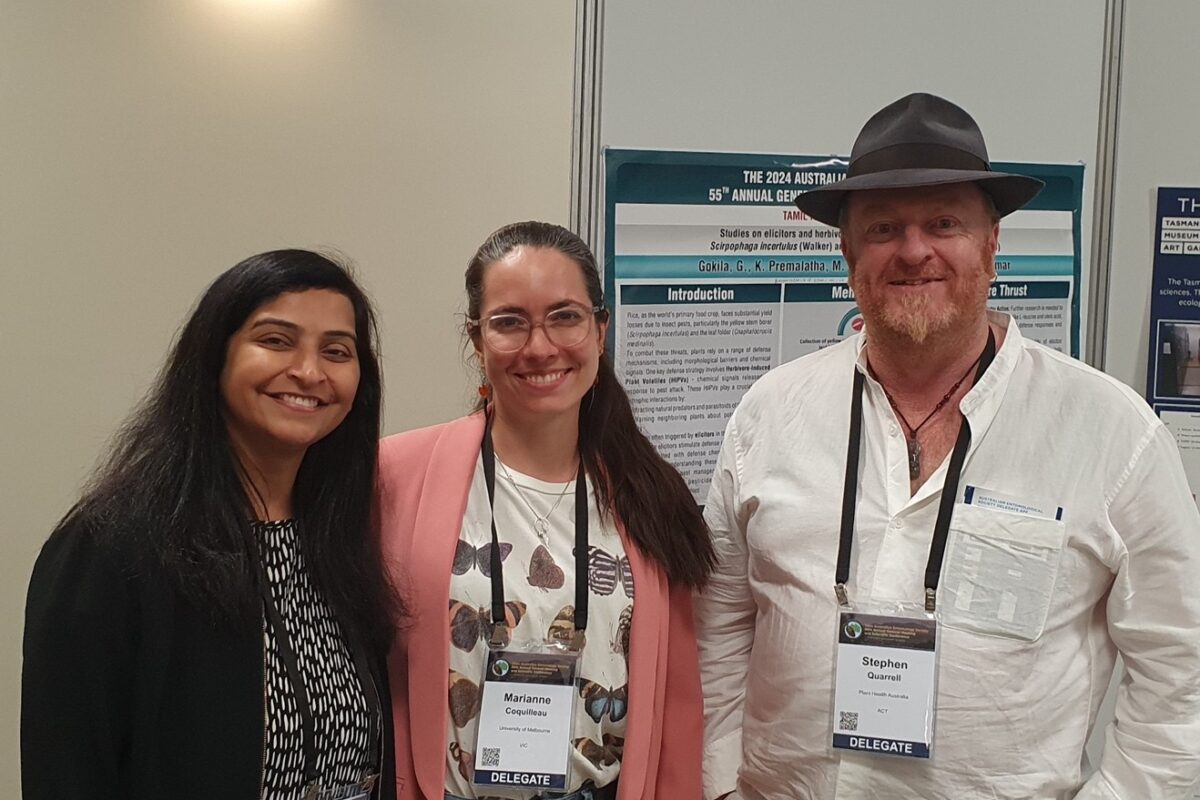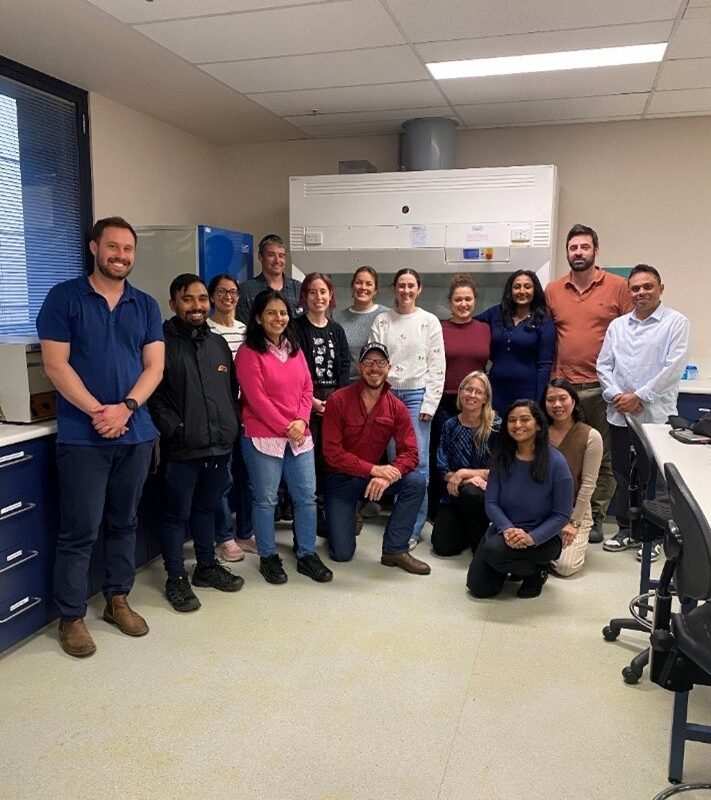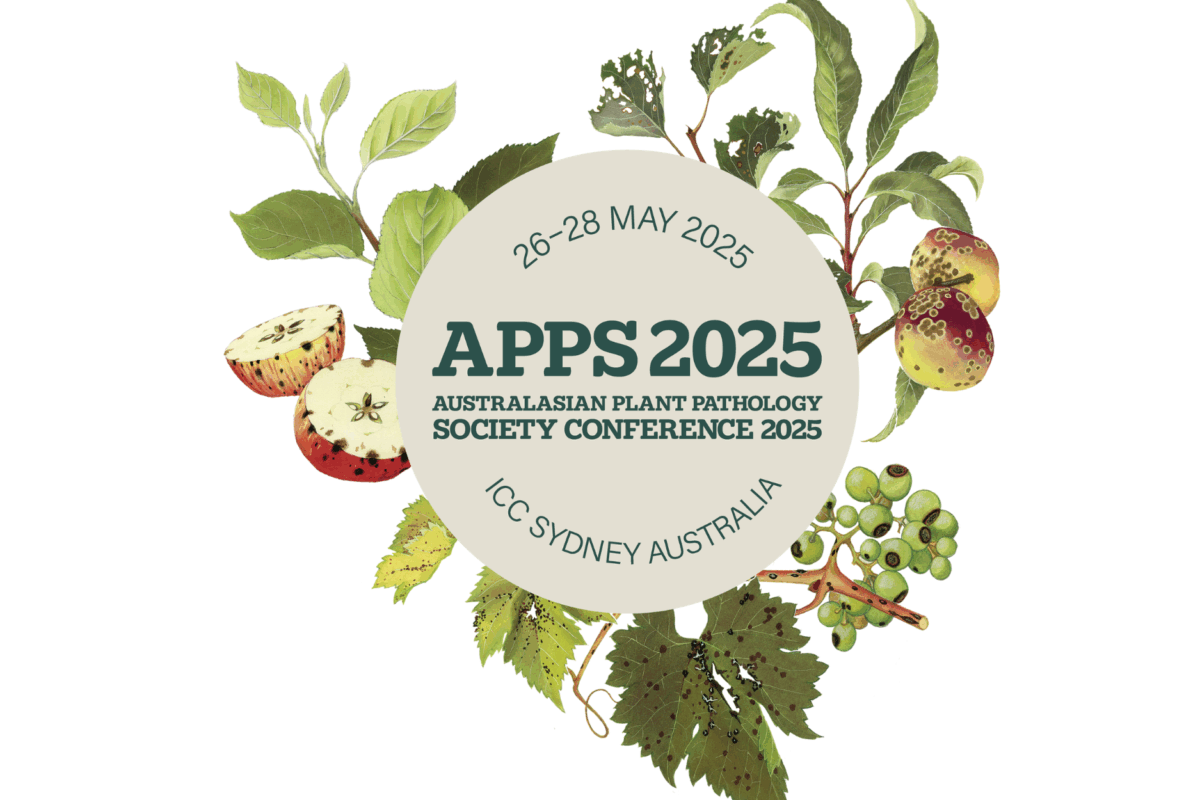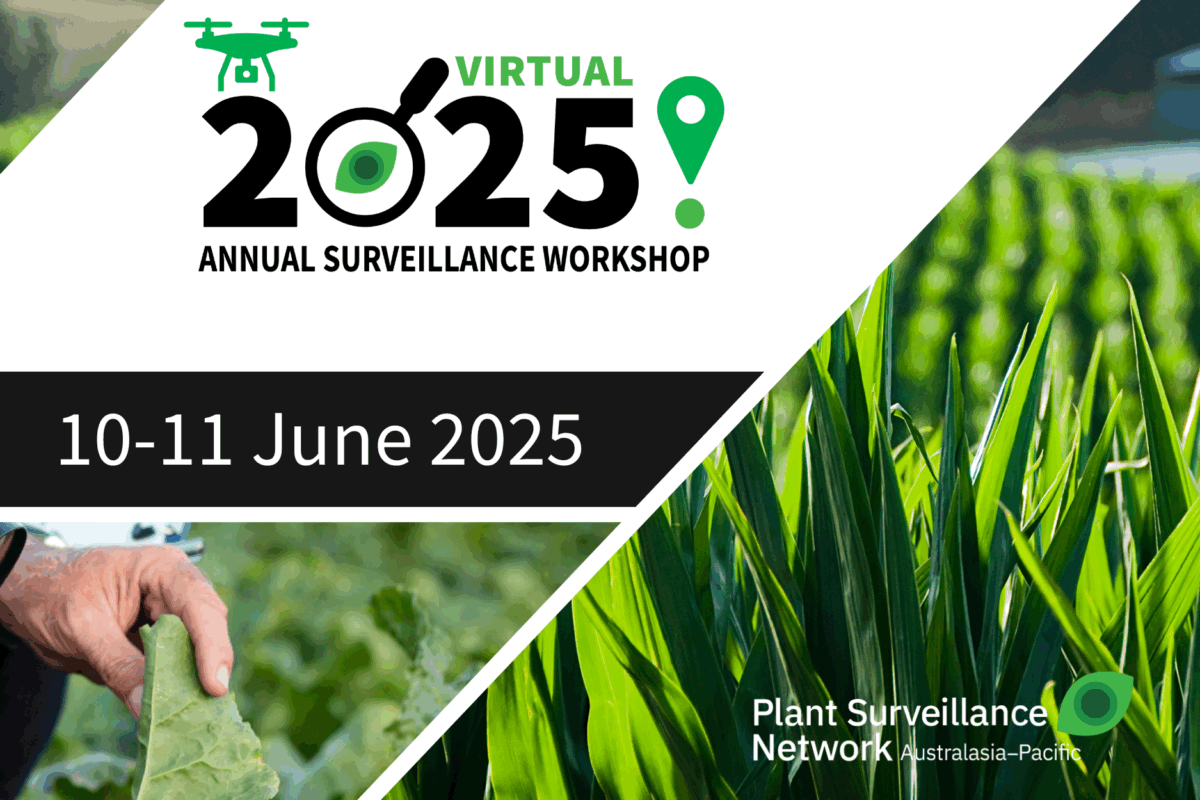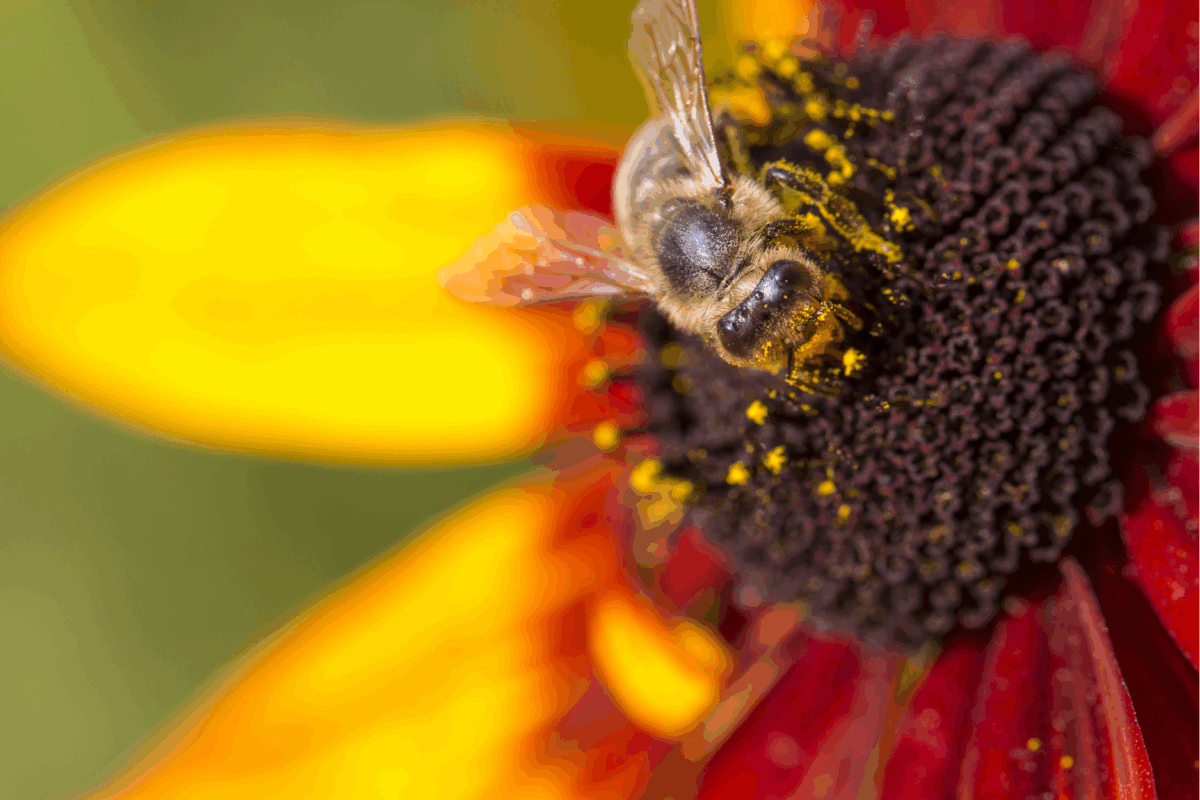Entomology experts gather in Hobart for 55th Australian Entomological Society Conference
The Australian Entomological Society (AES) hosted its 55th Annual General Meeting and Scientific Conference in Hobart from 17-21 November 2024. This marked the first time in over a decade that the event had returned to Tasmania’s capital, with the theme ‘Entomology, in all its life stages’ reflecting the diverse and evolving nature of the field.
Co-sponsored by Plant Health Australia (PHA), the conference brought together over 180 entomology experts from across the country to discuss cutting-edge research and developments in the world of invertebrates. The event featured a comprehensive program, with plenary sessions, concurrent talks, and presentations that showcased the breadth of work being done to advance entomology in Australia.
The conference was officially opened by Dr Jonathan Finch, Conference Convenor, and featured an insightful presidential address by Dr Melinda Moir, AES President, who discussed the pressing issue of biodiversity declines. Dr Moir’s address set the tone for the conference, emphasising the importance of entomological research in understanding and mitigating environmental challenges.
A highlight of the event was the keynote presentation by Dr Peter McQuillan, who delved into the fascinating world of Tasmanian insect biodiversity. Another standout was Dr Melissa Houghton, who reflected on her career journey since receiving the prestigious Phil Carne Prize in 2017, awarded for excellence in post-graduate entomology research.
The conference featured eight concurrent sessions covering a wide range of topics, including:
- omics and molecular biology
- biological control and integrated pest management (IPM)
- invasive species
- pest biology
- dung beetles
- collections and biosecurity.
These sessions highlighted the innovative work being done across the country to improve our understanding of invertebrates and their critical role in Australian ecosystems and agriculture.
Diverse perspectives and collaborations
In addition to the scientific presentations, a special session by Professor Dieter Hochuli focused on integrating art and science to engage younger generations with the importance of insect pollinators. The session emphasised the potential of creative approaches in increasing public awareness of entomology and biodiversity conservation.
Another intriguing talk was delivered by Dr Shasta Henry and Dr Karen Richards, who presented their research on the unusual distribution of the Golden Sun Cockroach in Tasmania. Their findings sparked lively discussions about the ecological implications and the potential for further research into species distribution.
PHA’s contribution to national biosecurity
Dr Steve Quarrell and Dr Harsh Garg from Plant Health Australia (PHA) also attended the conference, sharing insights into PHA’s role in biosecurity and plant health management. They discussed the importance of expert networks such as the National Plant Biosecurity Diagnostic Network (NPBDN) and the Plant Surveillance Network Australasia Pacific (PSNAP). These networks play a crucial role in ensuring Australia’s biosecurity preparedness by improving diagnostic and surveillance capabilities.
In addition to these discussions, the conference also provided an opportunity for Dr Quarrell and Dr Garg to meet Marianne Coquilleau, PHA’s new Grains Farm Biosecurity Program Project Officer, who has since joined the organisation.
Celebrating achievements and advancing knowledge
The conference concluded with a celebration of the achievements of students and speakers, recognising their contributions to the field of entomology. The event offered a valuable platform for attendees, regardless of career stage, to share research, engage with peers, and advance their knowledge in entomology and invertebrate research.
For all participants, the conference was a reminder of the vital role that insects and other invertebrates play in our environment and the importance of ongoing research to protect Australia’s biodiversity and agricultural industries.
